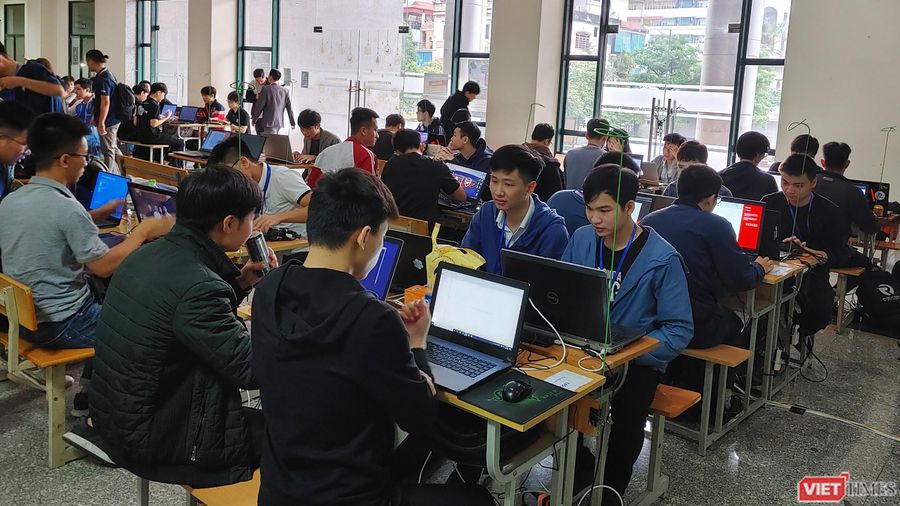The security risks of RDP
RDP is included with most Windows operating systems and can be used with Macs as well. Many companies rely on RDP to allow their employees to work from home.
A vulnerability is a bug in the way a piece of software is built that allows attackers to gain unauthorized access. Think of this as an improperly installed latch on the front door of a house, allowing criminals to break in.
These are the most important vulnerabilities in RDP:
1. Weak user credentials
Most desktops are password protected, and users can usually set this password to whatever they want. The problem is that users often use that same password for RDP remote login as well. Companies often don't manage these passwords to ensure their strength, and they often leave these remote connections open to Brute Force or Credential Stuffing attacks.
2. Unlimited port access
RDP connections almost always take place on port 3389*. Attackers can assume this is the port being used and target it to carry out attacks.
* In a network, a gateway is a logical, software-based, location assigned to certain types of connections. Assigning different processes to different ports helps the computer keep track of those processes. For example, HTTP traffic always goes to port 80, while HTTPS traffic goes to port 443.
What are some ways to address these RDP vulnerabilities?
Single Sign On (SSO)
Many companies have used SSO services to manage user credentials for a variety of applications. SSO provides companies with an easier way to enforce the use of strong passwords, as well as implement more secure measures like two-factor authentication (2FA). RDP remote access can be moved out after the SSO process to work around the user login vulnerability described above.
Manage and enforce passwords
For some companies, moving RDP remote access out after the SSO process may not be an option. At a minimum, these companies should require employees to reset their desktop passwords to something stronger.
Gate lock 3389
Secure tunneling software can help prevent attackers from sending requests to port 3389. With a secure tunneling, any requests that don't go through the tunnel are blocked.
Firewall rules
The corporate firewall can be configured manually so that no traffic to port 3389 can pass through, except traffic from allowed ranges of IP addresses (for example, known to belong to the employee).
However, this method takes a lot of manual work and remains vulnerable if attackers take over an authorized IP address or an employee's device is compromised. In addition, it is often difficult to identify and allow pre-listing of all employee devices, leading to persistent IT requests from employees being blocked.

What other vulnerabilities does RDP have?
RDP has other vulnerabilities that are technically patched, but still serious if left unchecked.
One of the most critical vulnerabilities in RDP is called "BlueKeep". BlueKeep (officially classified as CVE-2019-0708) is a vulnerability that allows attackers to execute any code they want on a computer, if they send a specially crafted request to the correct port (usually is 3389). BlueKeep is capable of spreading the worm, which means it can spread to all computers in the network without any action from the user.
The best defense against this vulnerability is to disable RDP unless it's necessary. Blocking port 3389 using a firewall can also help. Finally, Microsoft released a patch to fix this vulnerability in 2019 and it is essential for system administrators to install this patch.
Like any other program or protocol, RDP also has a number of other vulnerabilities, and most of these can be eliminated by always using the latest version of the protocol. Vendors typically patch vulnerabilities in each new software version they release.
You should read it
- Microsoft has patched the critical vulnerability on Android Remote Desktop application
- The NSA issued an urgent warning about a critical vulnerability appearing in Windows servers
- Immediately fix critical vulnerabilities in Windows NTLM security protocol
- Hundreds of HP printer models contain vulnerabilities that allow remote code execution attacks
- AMD CPUs also have security vulnerabilities that have existed for many years now!
- HP publishes a series of critical vulnerabilities in the Teradici PCoIP protocol
- Warning: Vulnerability in Windows' HTTP Protocol Stack attacks remote code execution, no authentication required
- Mac computers stuck with a dangerous security vulnerability, Apple was announced in February but has not yet resolved
- Find security holes on every site with Nikto
- Warning of zero-day vulnerabilities in window manager on PC
- 5 common errors in managing security vulnerabilities
- Discover Dragonblood security vulnerability in WPA3
May be interested

The Best Guide on Your Account Security

4 recommendations to limit risks from ransomware

How to Download and Install Bitdefender on Windows

Exploit code released puts Windows 10 20H2 and Windows Server 20H2 at risk

How a VPN Can Make Your Computer More Secure

Google Chrome uses Windows 10's new security feature to combat exploits






 4 major security risks that Cloudflare DNS can resolve
4 major security risks that Cloudflare DNS can resolve 10 tips to help Windows security
10 tips to help Windows security How to Manage API Security Risks
How to Manage API Security Risks Stalkerware and security risks for businesses
Stalkerware and security risks for businesses The router is not as safe as you think
The router is not as safe as you think 5 mobile security risks you need to avoid
5 mobile security risks you need to avoid